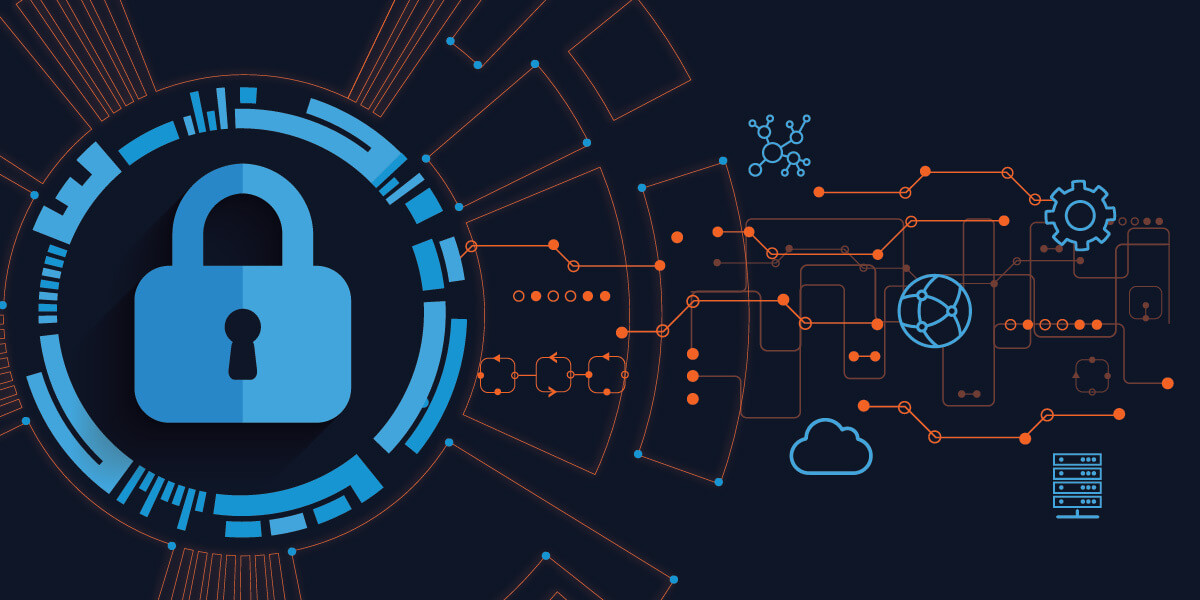Due to the impact of COVID-19, workforces that were once housed in distinct locations, are now dispersed across the globe. Despite this displacement, it is critical that work continues as if employees were all in their physical office spaces and able to access and use applications, data, and services at all times from anywhere in the world. As such, the network is the foundational technology that allows organizations to perform efficiently on a daily basis among this dispersed workforce. Network Infrastructure spans multiple hosting environments, fixed and mobile devices, and several forms of IT infrastructure, all of which enable different aspects of an organization’s business to work together. However, just as networks are a key enabler for such disruptions, they have also become a larger source of extended risk.
Network Susceptibilities
In an effort to adapt to remote work, organizations have pushed to undergo digital transformation efforts to allow employees to work as effectively and their business to run with as minimal drawbacks as possible. Knowing this, hackers are now seeking out newly susceptible areas to attack. As a result, organizations must now focus security teams on many additional areas across their IT landscape to identify and protect against potential vulnerabilities. With this game of catch up and new issues continuously surfacing, especially with large moves to the cloud and supporting a distributed workforce, there remain security gaps within an organization’s network which are usually overlooked.
Organizations are also beginning to employ automation capabilities in other aspects of their IT departments, but they often settle with their current legacy network because it is “good enough.” However, “good enough” is exactly what hackers are looking to target, especially when even the most protected networks can be breached. For example, Universal Health Services, one of the largest healthcare providers in the United States was hit by a ransomware attack. The attacks began with phishing, and hackers were able to find a vulnerability in the network configuration, leading to full domain-wide encryption in just five hours. As a result, some hospitals had to resort to filing patient information with pen and paper – an extremely tedious task, especially during a pandemic.
Automating the Network
Limiting the growth of the network and settling for “good enough” can lead to IT personnel shortages, human-introduced errors, and constant patching and updating of devices through manual efforts. To get a better handle on each, organizations need to consider network automation.
It can seem like a daunting task that may displace talent; however, it can empower network engineers and free their schedules to lead new innovative strategies as organizations increase their digital transformation efforts. All the while, human touchpoints are reduced, helping to mitigate human-caused vulnerabilities without slowing down business innovation and performance.
As security vulnerabilities are exposed within a network device’s Operating System, IT teams must also rush to upgrade these devices, in order to prevent hackers from exploiting the vulnerabilities – which could be in the hundreds or thousands. Keeping things manual and avoiding automation could take months to address these risks, leaving the organization even more exposed to an attack. Automating this process will close this gap and help IT teams to address these threats in days or weeks instead of months or even years.
In addition to automating network software upgrades, organizations must also automate the ability to manage their device configurations, test them for compliance, and update these devices automatically. Network devices must constantly be updated with updated security policies that protect systems, servers, and network devices from unauthorized access. As the network scales to more and more devices, teams are simply unable to sustain this critical service manually, and this leaves large parts of the network exposed and vulnerable.
By reducing human touchpoints, organizations reduce human error and cut down the time it takes to fix issues within the network. Network engineers and security professionals will be empowered to handle other more prominent issues within their network infrastructure, keeping distributed employees working as normal and properly extending the digital transformation journey with limited risks.
The Itential Automation Platform is a purpose-built network automation solution that easily integrates with your existing IT systems, network controllers, and security systems and services to allow networking teams to build powerful, secure end-to-end automations across any part of their infrastructure. With Itential’s Configuration Manager, a configuration management, compliance, and remediation application that works across physical, virtual, and cloud-native devices, network teams finally have the tools they need to quickly build comprehensive automations that provide the governance required to secure their networks.
Article Originally Published on SecurityInfoWatch.com.




